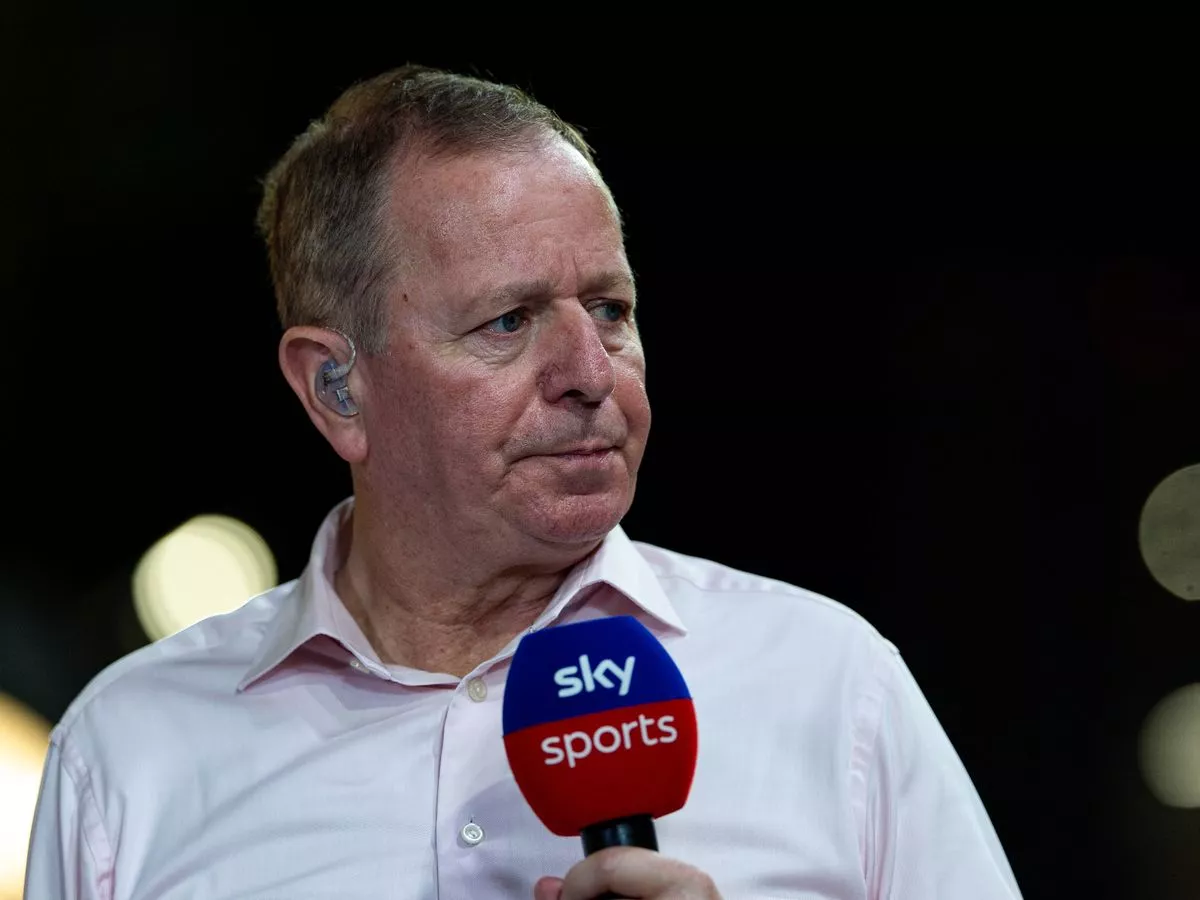Copyright Augusta Free Press

Two decades ago, Virginia considered a public-private partnership that would have added two lanes in either direction on Virginia’s 325 miles of Interstate 81. The plan also would have used tolls and separated cars and trucks. The Virginia General Assembly never gave final approval to the Star Solutions partnership. That left the interstate in need of a plan to ease congestion, increase safety and strategically improve travel for both cars and trucks. Former Staunton Del. Chris Saxman said the Star Solutions plan failed because bipartisan support was not built. Saxman said the vehicle tolling and taxes on trucking would have hurt not just the trucking industry, but significant Shenandoah Valley industries such as poultry. “It was seen as economically disadvantageous. It was an imbalance in public funding,’’ Saxman said of the proposal. Today, VDOT and the Commonwealth Transportation Board are in the midst of a multi-phase, multi-billions plan to improve 81 with widening, truck climbing lanes, bridge replacements and ramp extensions. It is called the Interstate 81 Corridor Improvement Plan. ICYMI VDOT in final phase of planning for Interstate 81 improvement projects Funding comes from the diesel and gas tax revenues from cities and counties along the I-81 corridor as well as the Interstate Operations and Enhancement program. Federal funding for the upgrades has been meager. VDOT Staunton Communications Manager Ken Slack said besides infrastructure improvements, the interstate upgrades include operational changes such as added digital signage and the towing and recovery incentive program. The latter partners with heavy duty wrecker companies that respond to commercial accidents on 81. This program facilitates safe and quick clearance. More than half of the 65 projects authorized in the $4.2 billion first round of I-81 improvements have been completed. “A lot of major work is going on,’’ said Slack. The first phase of improvements are to be accomplished over a 15-year period. In Augusta County, a truck climbing lanes project between mile markers 234 and 238 in the Weyers Cave area adds a third lane in either direction and allows slower moving tractor trailers to go to the right. Completion is set for late 2027. A third lane is being added in each direction between mile markers 221.45 and 225.6 in the Staunton area. This area is between Exit 221 (Interstate 64 junction) and Exit 225 (Route 262 north). As part of a project, five bridges will be widened. Completion is late 2027. “It (improvements) does not happen overnight,’’ said Shenandoah Valley Sen. Mark Obenshain, R-Rockingham, who chairs the I-81 Advisory Committee. “Do we have things in place – absolutely. Is there more to be done – absolutely,’’ Obenshain said. Obenshain points to an I-81 widening project through six miles of Harrisonburg that will start early next year. An extra lane will be added in each direction and eight bridges will be replaced. “It is a five to six-year project,’’ Obenshain said. “We will see the progress. Construction has its own challenges. In the end it (Harrisonburg project) will be absolutely worth it. There will be a safer and more reliable 81.” The Commonwealth Transportation Board is set to consider funding for the second phase of 81 upgrades early in 2026. Those changes would include another $2 billion-plus in funding. The money for the second round would not be available until 2035. Augusta County Administrator Tim Fitzgerald said $489 million – nearly a quarter of the projected spending in the second phase – would include projects in the county. Among the projects is a $273 million widening to three lanes north and south between mile marker 210 and 213. “This is good news for Augusta County,’’ Fitzgerald said. Federal aid for I-81 has been spare If there is a disappointment for Obenshain, it is the lack of federal investment in I-81. “The federal government has not put enormous resources into improving interstate highways,’’ Obenshain said. “I’ve spent a lot of time talking to the congressional delegation. This is not a partisan issue. We need to link arms.” Obenshain and other members of the I-81 Advisory Committee were briefed last summer on the funding sources for the I-81 improvements. The briefing showed that the federal government has contributed $79.4 million to the work. “The feds have not provided funding to keep pace with the interstate growth,’’ Obenshain said. Obenshain and other Virginia legislators along 81 wrote U.S. Sens. Mark Warner and Tim Kaine and Virginia Members of Congress representing districts along the 81 corridor in 2018, asking for more federal funding for the interstate. The Virginia legislators spoke “of the dire need’’ for improvements to the interstate, particularly from Staunton to Winchester. Citing accidents and potential identified improvements, the Virginia legislators said “these problems will not be resolved without addressing the need for an additional travel lane at important safety pinch points, a project the commonwealth cannot afford without federal assistance.” Saxman, who moved to suburban Richmond more than a decade ago, still visits the Shenandoah Valley. He is aware of the 81 upgrades. “The changes are extraordinary,’’ he said. “It is not easy driving. Driving 81 takes patience.”



